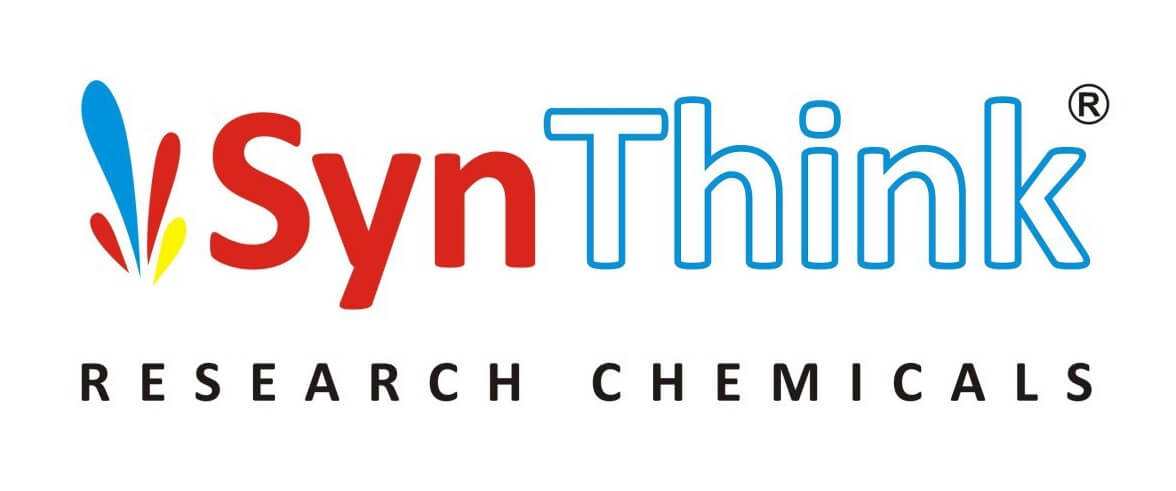Key Differences Between Internal Reference Standards, Working Standards, and Reference Standards in Pharmaceuticals.
In the pharmaceutical field, there are several types of standards used to ensure accuracy, consistency, and reliability in drug development, manufacturing, and quality control processes. Three key types of standards commonly used are internal reference standards, working standards, and reference standards.
Here are the key differences between Internal Reference Standards, Working Standards, and Reference Standards
| Parameter | Internal Reference Standard | Working Standard | Reference Standard |
|---|---|---|---|
| Purpose | Used for routine analysis and comparison with samples | Used to calibrate instruments and prepare solutions | Used to establish the identity, purity, and potency of a drug substance or drug product |
| Quantity | Typically small quantities, such as milligrams or micrograms | Can be larger than internal reference standards, but smaller than reference standards | Larger quantities, such as grams or kilograms |
| Source | Prepared in-house using the same methods and materials as the sample | Obtained from a reputable source or prepared in-house using validated methods and materials | Obtained from a reputable source, such as a pharmacopeial monograph |
| Definition | Substance that is similar to the sample but not identical | Substance that is similar to the sample and has a known purity or potency | Substance that is identical to the sample and has a known purity or potency |
| Use | Used for routine analysis and comparison with samples | Used to ensure accuracy and precision of analytical methods | Used to establish the identity, purity, and potency of a drug substance or drug product |
| Purity | Not required to have a known purity | Should have a known purity or potency | Must have a known purity or potency |
| Quality | Should be of suitable quality for its intended use | Should be of suitable quality for its intended use | Must be of suitable quality for its intended use |
| Analysis | May be analyzed alongside samples using the same methods | May be analyzed using the same methods as the sample | May be analyzed using a variety of methods to fully characterize its identity, purity, and potency |
| Characterization | May not be fully characterized | Should be fully characterized | Must be fully characterized |
| Certificate of Analysis | Not required | Should have a certificate of analysis | Must have a certificate of analysis |
| Labeling | May not require labeling beyond identification | Should be labeled with identification, purity or potency, and expiration date | Must be labeled with identification, purity or potency, and expiration date |
| Documentation | Should be documented in laboratory notebooks or other records | Should be documented in laboratory notebooks or other records | Must be fully documented, including the source and history of the material |
| Storage | Should be stored under appropriate conditions | Should be stored under appropriate conditions | Must be stored under appropriate conditions |
| Traceability | Should be traceable to the original source and preparation method | Should be traceable to a certified reference material or other validated source | Must be traceable to a certified reference material or other validated source |
| Characteristics | May have some variability | Should have consistent characteristics | Must have consistent characteristics |
| Cost | Relatively inexpensive | Can be more expensive than internal reference standards | Can be significantly more expensive than working standards |
In summary, internal reference standards are used within a specific company or laboratory, working standards are secondary standards used for routine analysis and instrument calibration, and reference standards are official standards established by regulatory bodies to ensure the quality and identity of drug substances and products. Each type of standard plays a crucial role in maintaining the integrity and quality of pharmaceutical products throughout the development and manufacturing processes.

